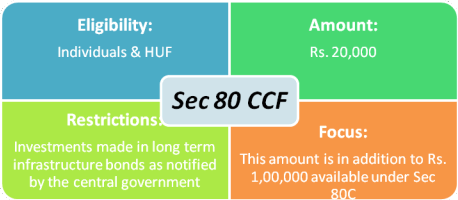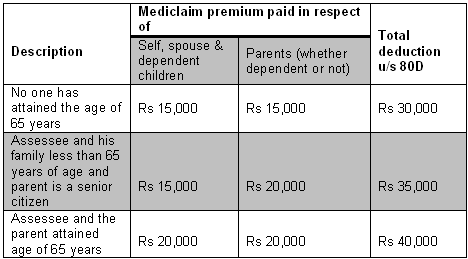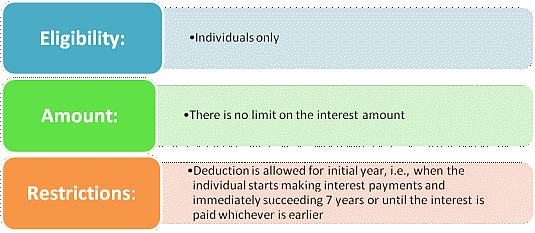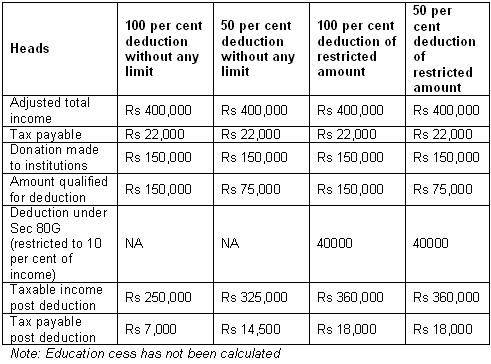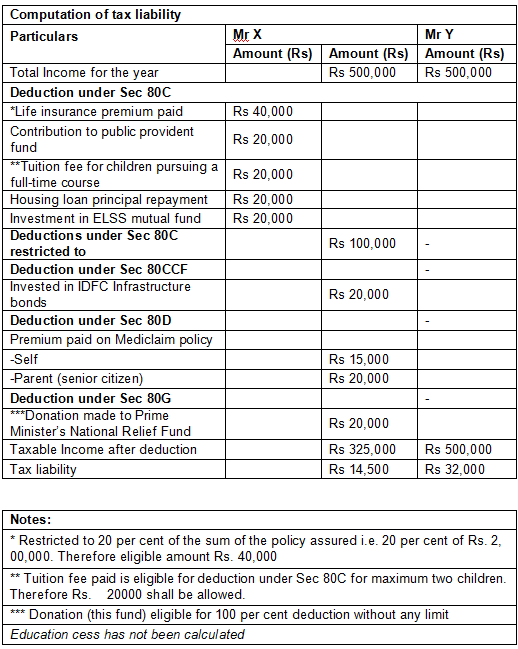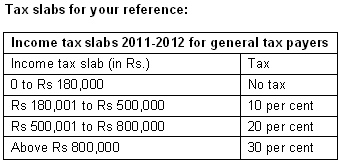 | « Back to article | Print this article |
Tax benefits under Sec 80C, 80CCF, 80D, 80G and 80E
There's more to tax0-saving than just Section 80C. The other sections mentioned here too offer good tax deductions to taxpayers.
Paying tax often pinches an investor's pocket but no tax planning creates a further hole in the pocket!
Search hits for tax-oriented articles around the financial year-end normally resemble the Sensex graph from 8,000 to 21,000 levels; the reverse is true at other times of the year. It's time investors understand that being aware of and planning taxes is the smarter and surer way to save money.
In this article we try to focus on the various tax benefits available under Sec 80C, 80CCF, 80D, 80G and 80E.

This article is for information purpose only. This article and information do not constitute a distribution, an endorsement, an investment advice, an offer to buy or sell or the solicitation of an offer to buy or sell any securities/schemes or any other financial products /investment products mentioned in this article or an attempt to influence the opinion or behavior of the investors /recipients. Any use of the information /any investment and investment related decisions of the investors/recipients are at their sole discretion and risk. Any advice herein is made on a general basis and does not take into account the specific investment objectives of the specific person or group of persons. Opinions expressed herein are subject to change without notice.
Tax benefits under Sec 80C, 80CCF, 80D, 80G and 80E
Sec 80C
Section 80C allows you to claim deductions in respect of life insurance premium, contribution to PPF, principal repayment on home loan, etc.
You are entitled to a tax benefit provided you make investments in certain instruments which are eligible for deduction under Sec 80C of the Income Tax Act, 1961, with the maximum total exemption being Rs 1, 00,000. That is, if your income is Rs 500,000 you can claim tax exemption up to Rs 100,000 which leaves you with a taxable income of Rs 400,000.
Tax benefits under Sec 80C, 80CCF, 80D, 80G and 80E
Sec 80CCF
Deduction in respect of subscription to long-term infrastructure bonds
Any investments made in long-term infrastructure bonds as notified by the central government shall be allowed as deduction to the extent of Rs 20,000. This is in addition to the limit of Rs 100,000 allowed under Sec 80C of the Income Tax Act, 1961.
Tax benefits under Sec 80C, 80CCF, 80D, 80G and 80E
Sec 80D
Medical insurance premium
Premium paid for medical insurance up to Rs 15,000 is eligible for deduction under Sec 80D; in case of senior citizens the limit is extended to Rs 20,000.
The table above summarises the provision.
Tax benefits under Sec 80C, 80CCF, 80D, 80G and 80E
Sec 80E
Deduction in respect of interest on loan for higher education
The amount of interest paid on loan borrowed from any financial institution or any approved charitable institution is eligible for deduction under Sec 80E of the Income Tax Act, 1961, the loan being taken for the purpose of higher education.
The provisions are simplified in the graphic above:
Tax benefits under Sec 80C, 80CCF, 80D, 80G and 80E
Sec 80G
Donations to certain funds/ charitable institutions
Donations, charity need not necessarily be one-way traffic but could result in a win-win situation for both parties. To simplify it further, donations made to certain funds or charitable institutions are eligible for deduction under Sec 80G of the Income Tax Act, 1961.
So while the receiving party benefits with the donation, you receive tax benefits arising from the deduction.
Institutions eligible for deduction under this section are categorised in three segments based on the amount of deduction allowed. The three segments have:
- 100 per cent deduction allowed without any limit
- 50 per cent deduction allowed without any limit
a. 100 per cent deduction allowed of restricted amount
b. 50 per cent deduction allowed of restricted amount
Where restricted amount is 10 per cent of the adjusted total income
Illustration: Mr A, an individual, has total income for a year amounting to Rs 400,000. He makes a donation of Rs 150,000 to an approved charitable institution. Depending on the institution he invests in, we have four different scenarios that explain the benefits arising in each case.
Tax benefits under Sec 80C, 80CCF, 80D, 80G and 80E
In a nut shell
Let's understand these deductions and its impact on your tax liability by way of the following illustration:
Mr X and Mr Y have total income for a year amounting to Rs 500,000 each.
Tax benefits under Sec 80C, 80CCF, 80D, 80G and 80E
The illustration here clearly states the benefits enjoyed by an investor taking advantage of the various deductions available in a planned manner.
Tax benefits under Sec 80C, 80CCF, 80D, 80G and 80E
To reiterate, an investor needs to consider his overall investment objective rather than frantically making investments with the sole purpose of saving tax. The idea is not just to throw light upon these deductions but also to explain the underlying concept of tax planning. Hope this provides you a leg-up in your tax saving investments.


